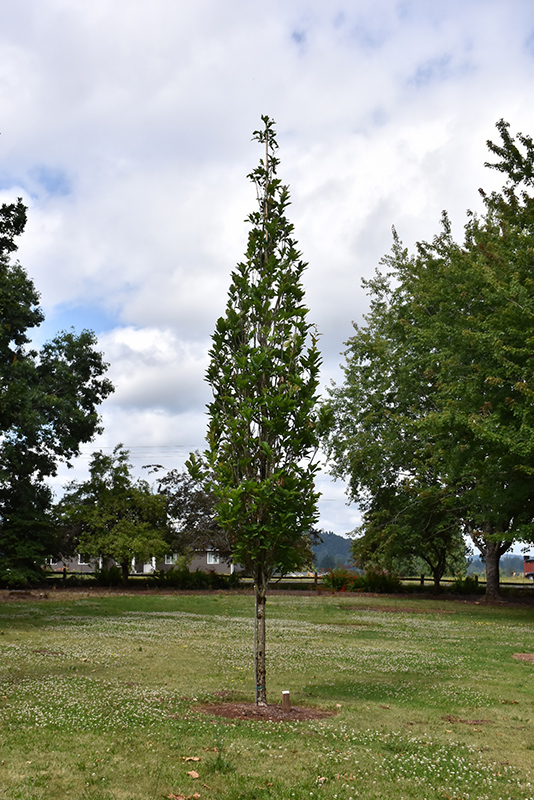>> Home
Beacon® Oak
Quercus bicolor 'Bonnie and Mike'
Height: 35 feet
Spread: 15 feet
Sunlight:
![]()
Hardiness Zone: 3
Other Names: Swamp White Oak
Brand: J. Frank Schmidt & Son Co.
Description:
An urban adaptable tree with a tightly columnar habit of growth; ideal as a street tree with stout upright branching; extremely tough and adaptable to wet conditions but not tolerant of alkaline soils, rather slow growing; acorns attract squirrels
Ornamental Features
Beacon® Oak has dark green deciduous foliage which emerges light green in spring on a tree with a columnar habit of growth. The glossy lobed leaves turn yellow and in fall. However, the fruit can be messy in the landscape and may require occasional clean-up.
Landscape Attributes
Beacon® Oak is a dense deciduous tree with a narrowly upright and columnar growth habit. Its average texture blends into the landscape, but can be balanced by one or two finer or coarser trees or shrubs for an effective composition.
This tree will require occasional maintenance and upkeep, and is best pruned in late winter once the threat of extreme cold has passed. It is a good choice for attracting squirrels to your yard. Gardeners should be aware of the following characteristic(s) that may warrant special consideration;
- Messy
Beacon® Oak is recommended for the following landscape applications;
- Accent
- Shade
Planting & Growing
Beacon® Oak will grow to be about 35 feet tall at maturity, with a spread of 15 feet. It has a high canopy with a typical clearance of 4 feet from the ground, and should not be planted underneath power lines. It grows at a slow rate, and under ideal conditions can be expected to live to a ripe old age of 300 years or more; think of this as a heritage tree for future generations!
This tree should only be grown in full sunlight. It is an amazingly adaptable plant, tolerating both dry conditions and even some standing water. It is not particular as to soil type, but has a definite preference for acidic soils, and is subject to chlorosis (yellowing) of the foliage in alkaline soils. It is quite intolerant of urban pollution, therefore inner city or urban streetside plantings are best avoided. This is a selection of a native North American species.
